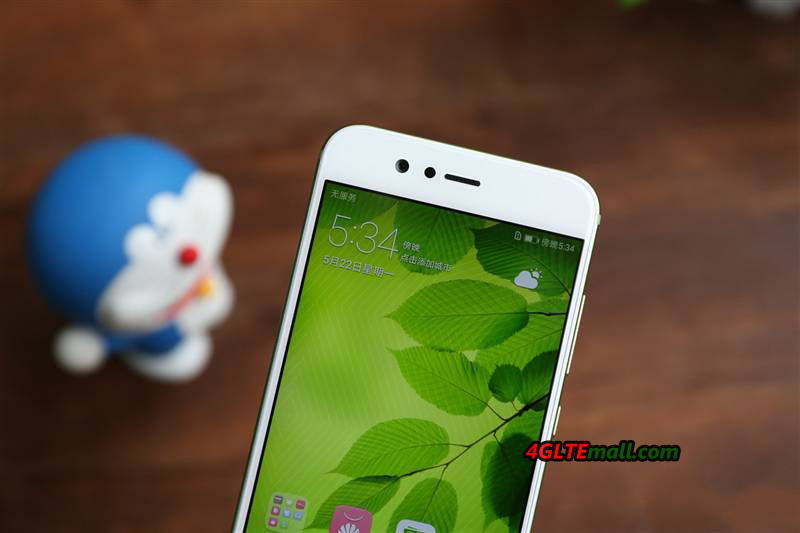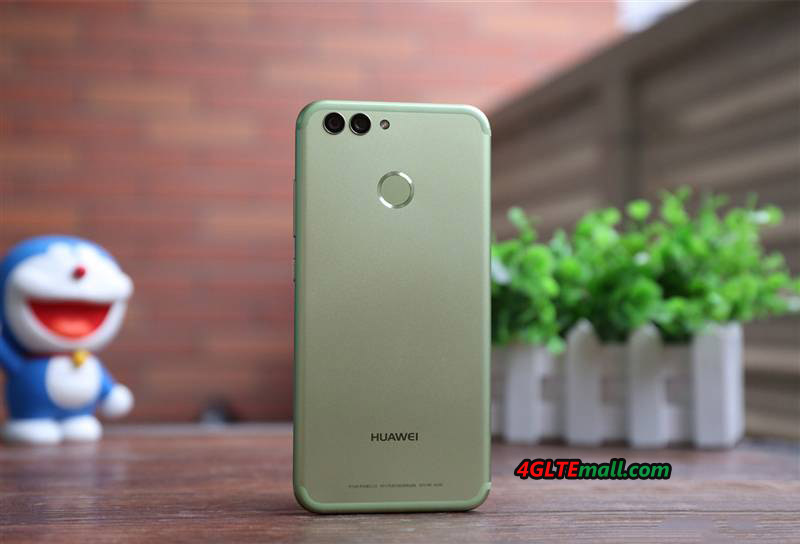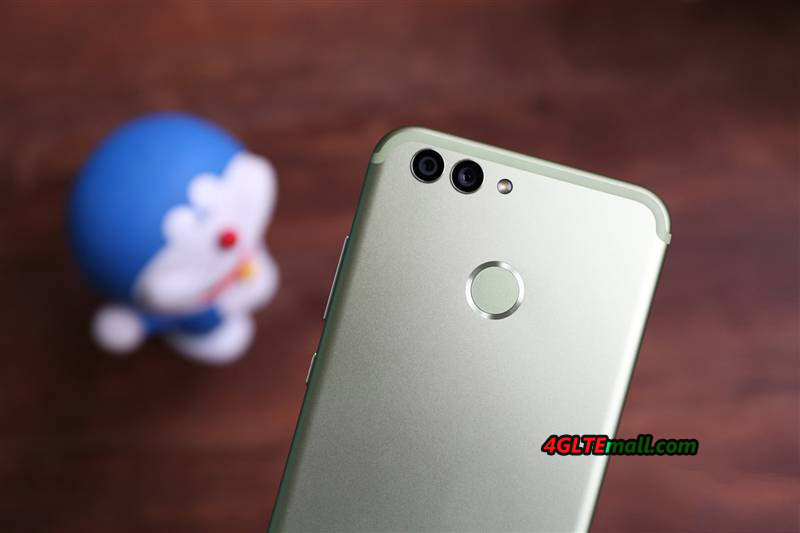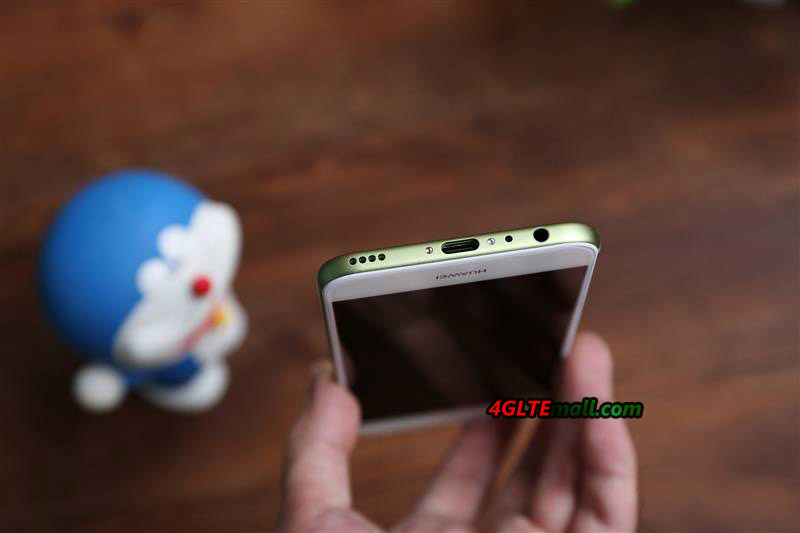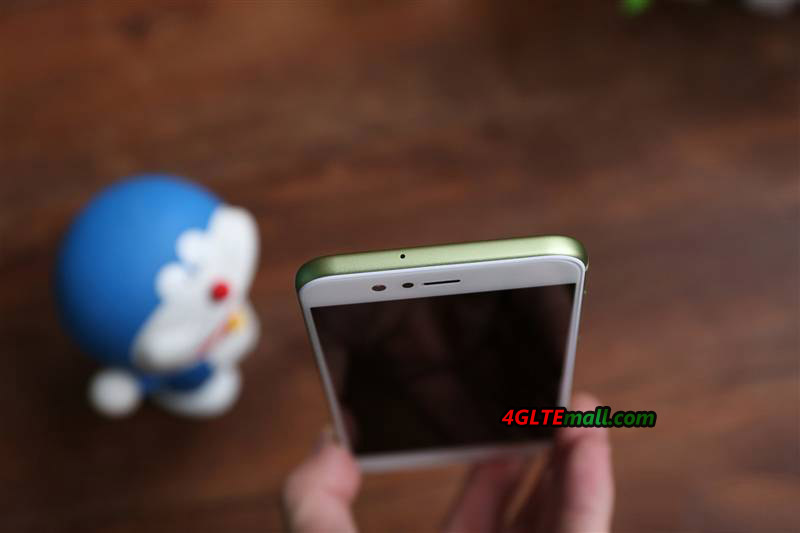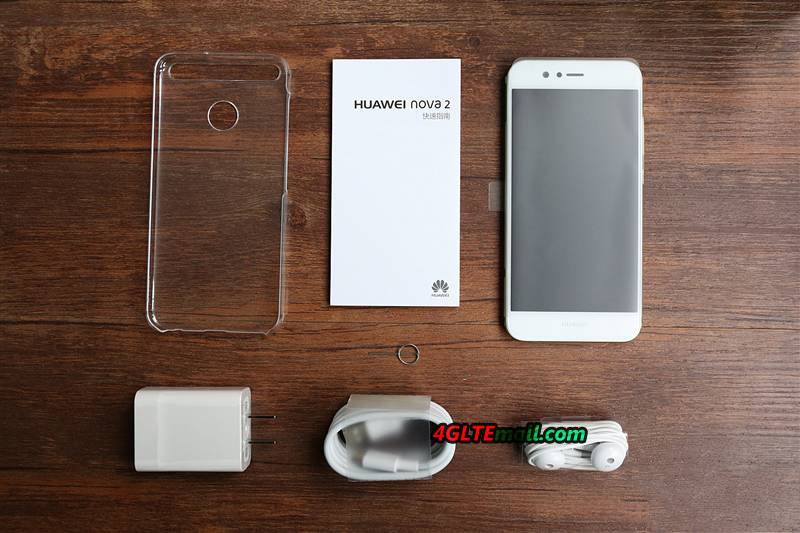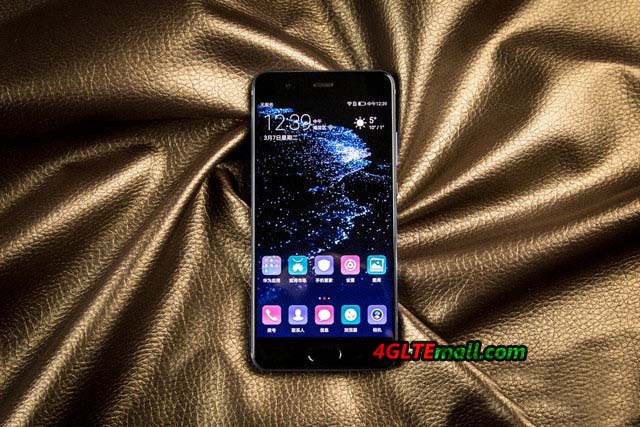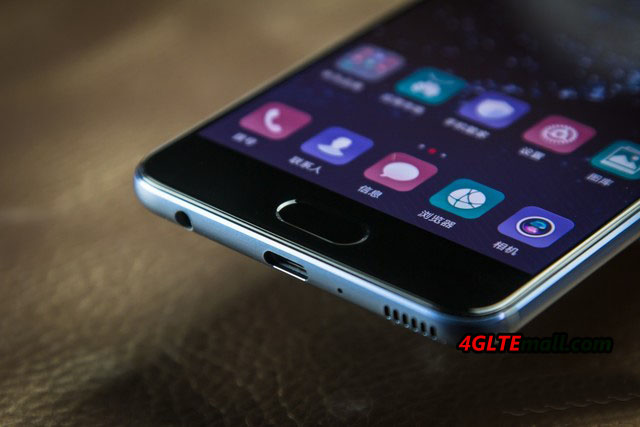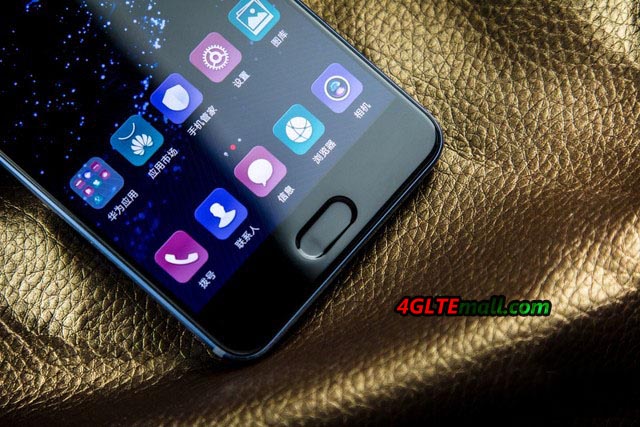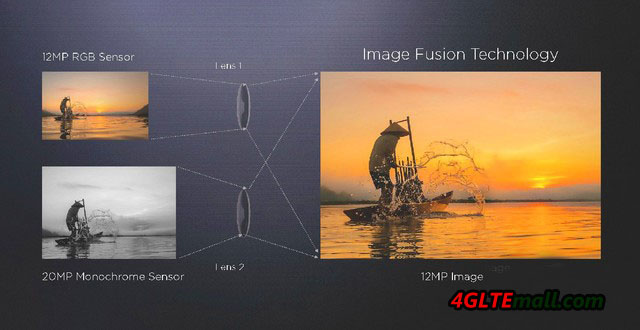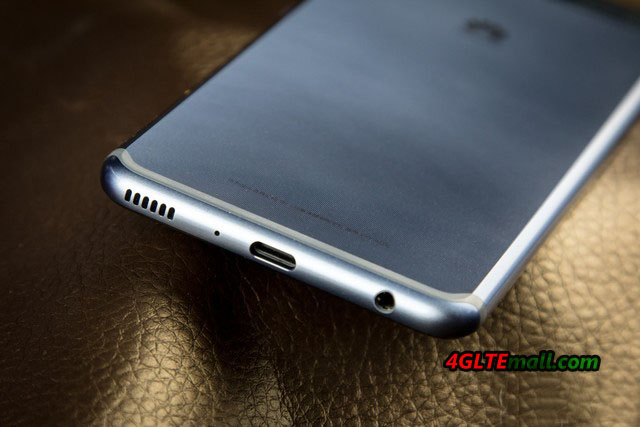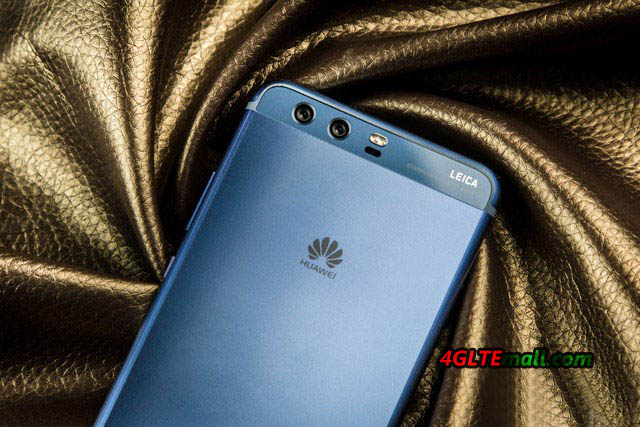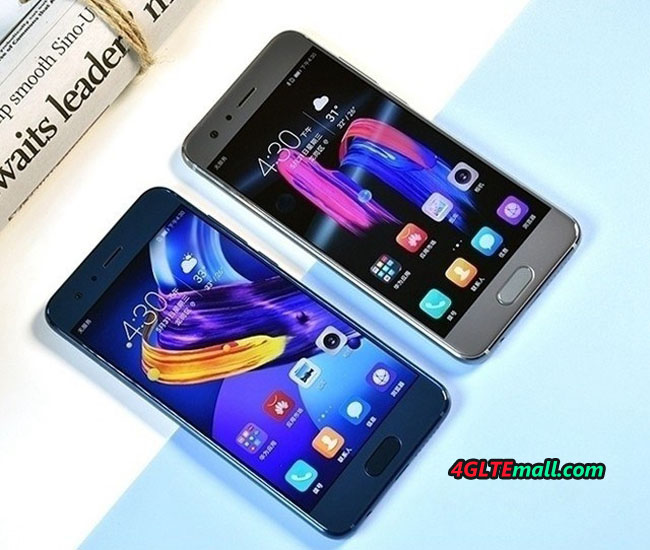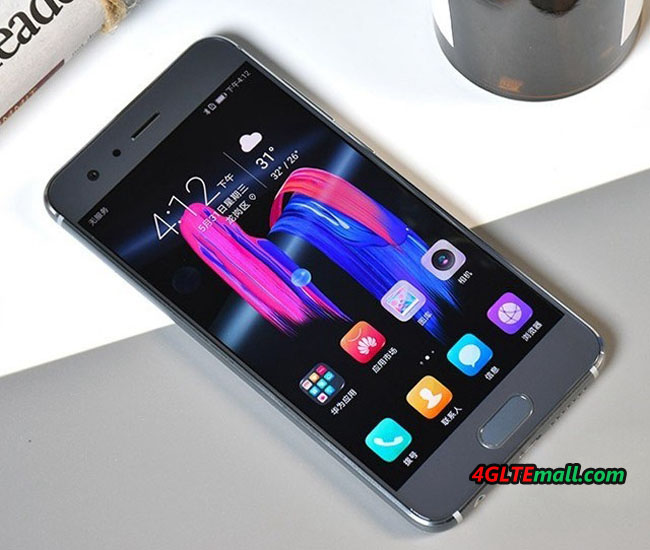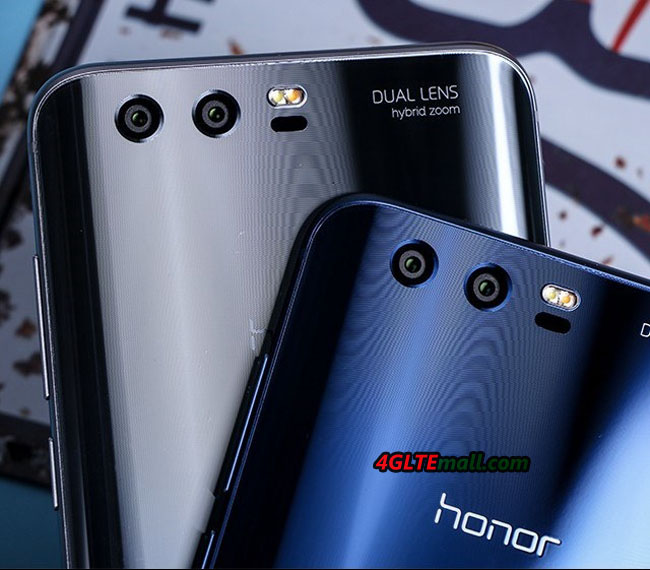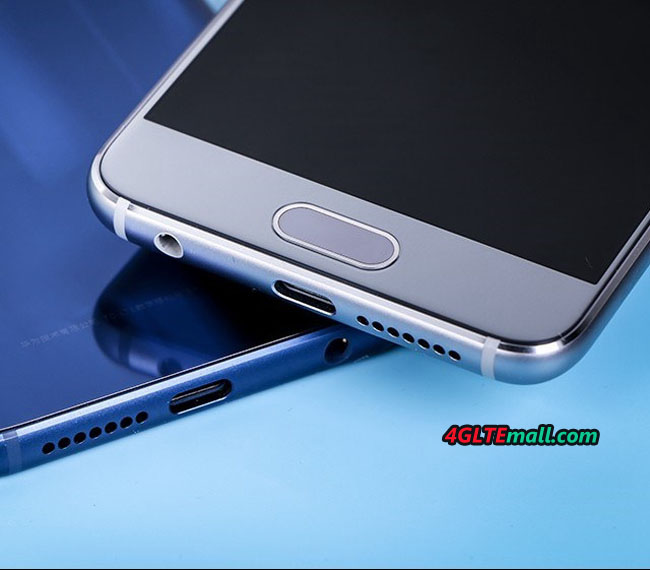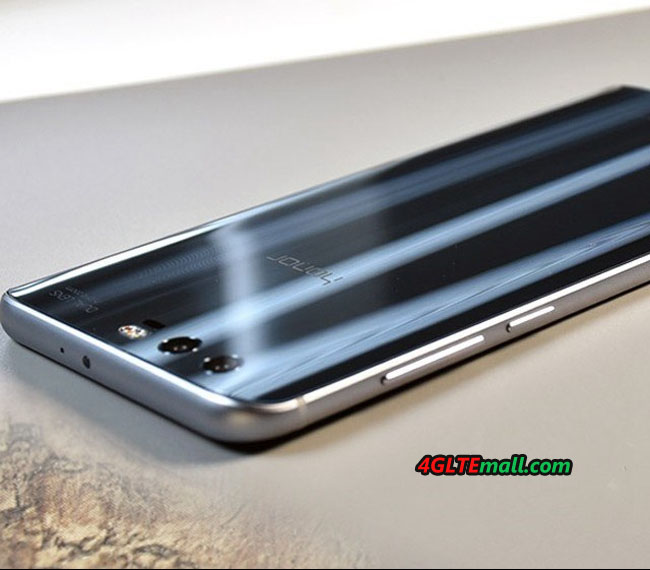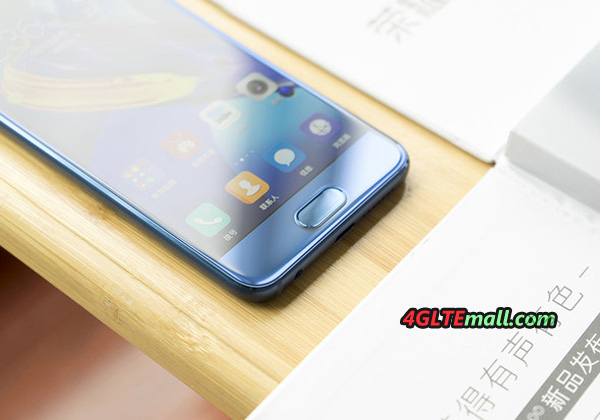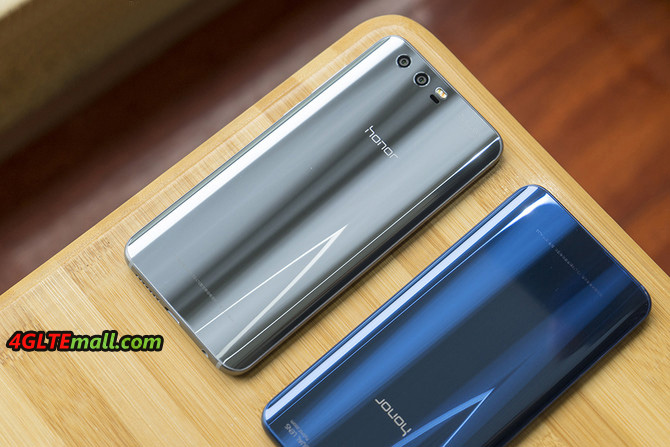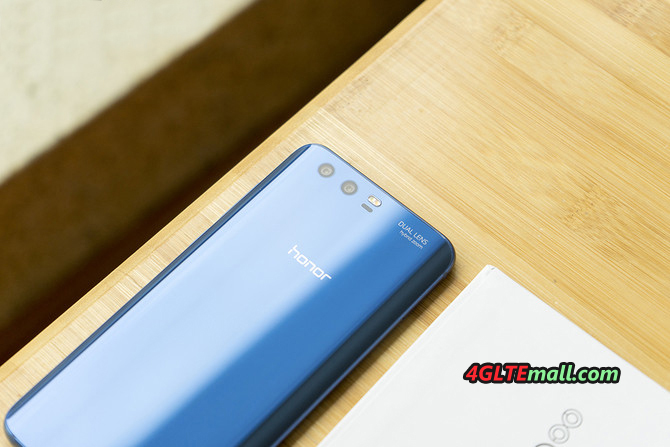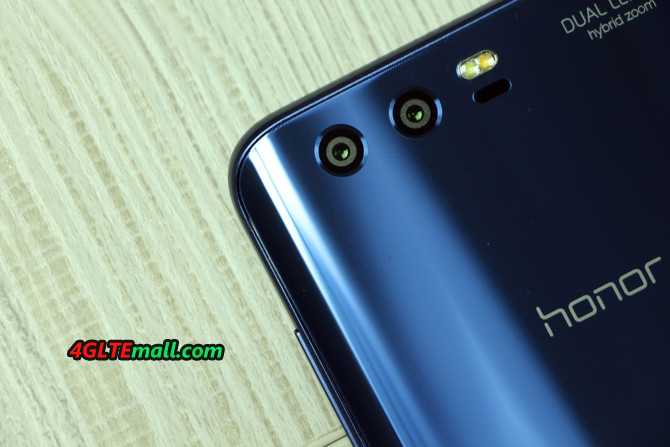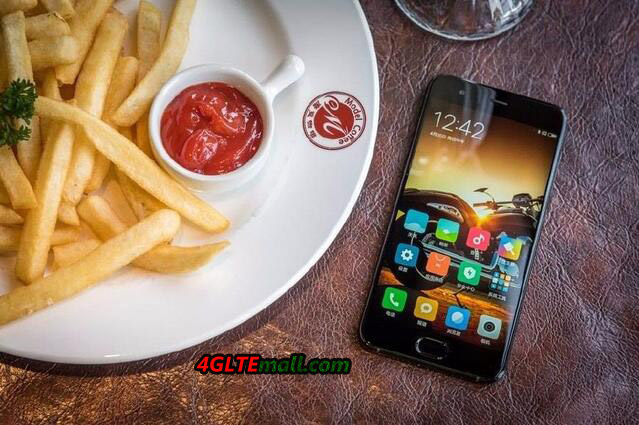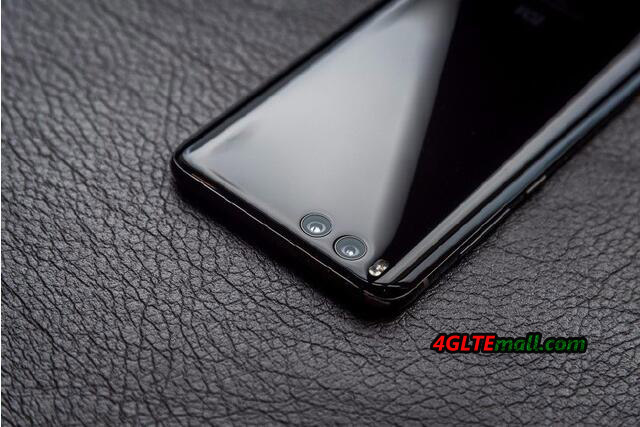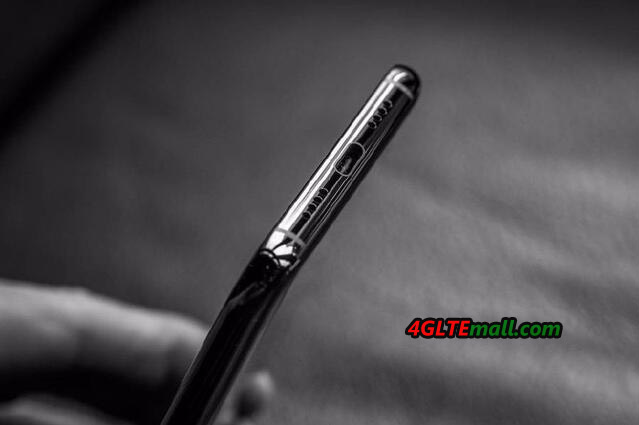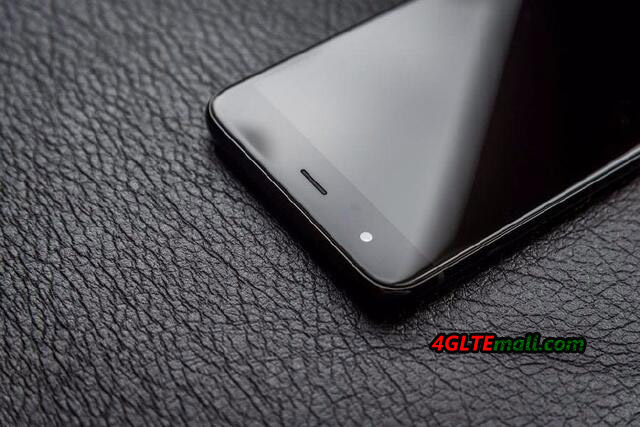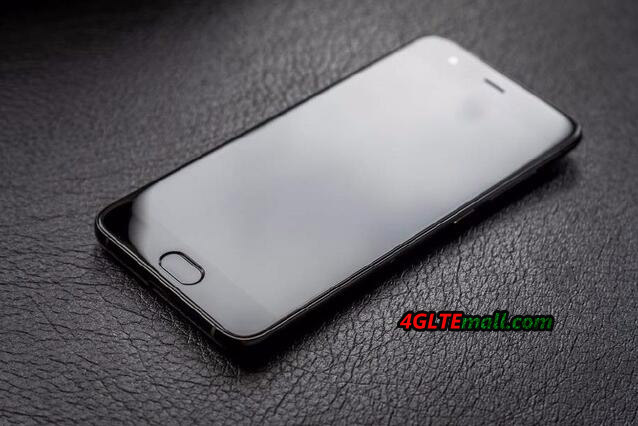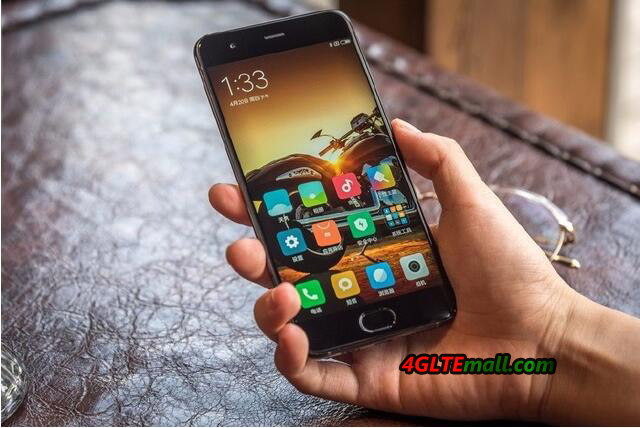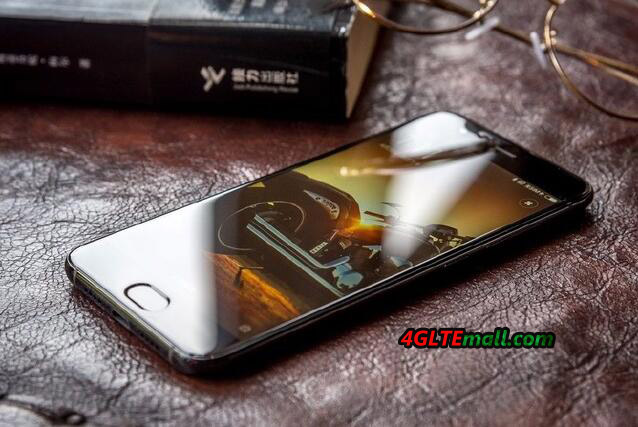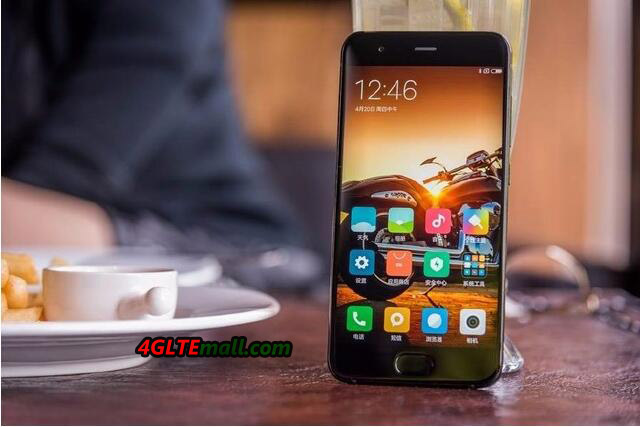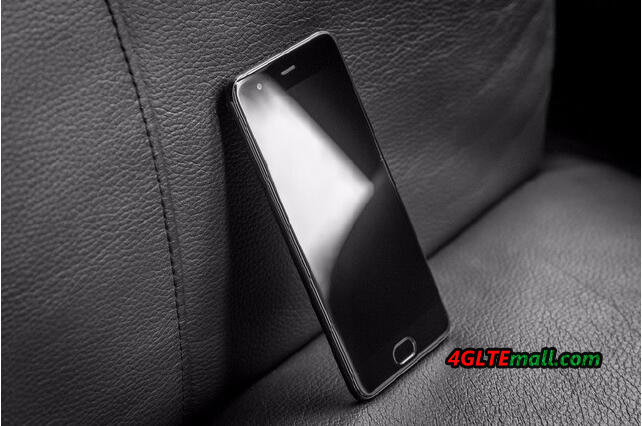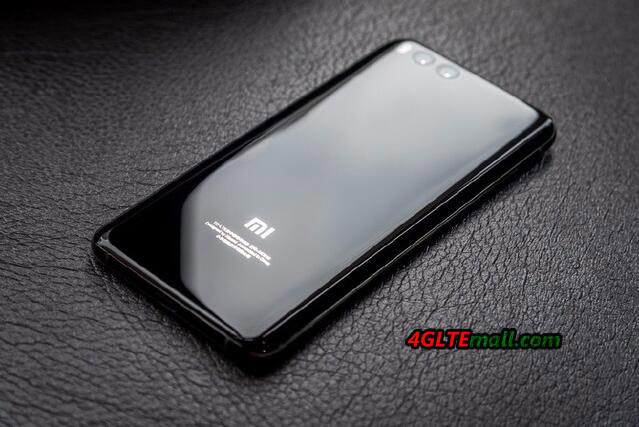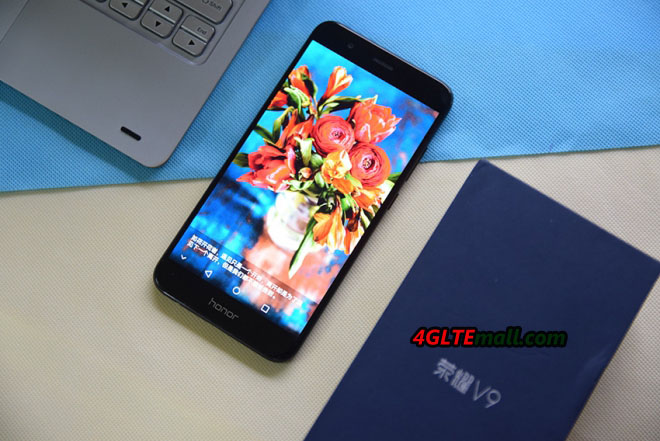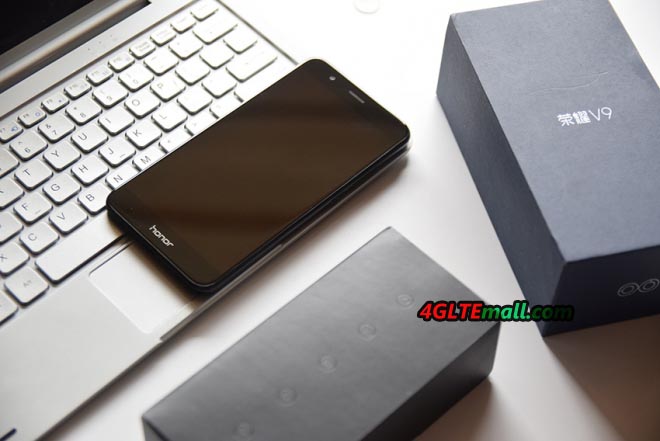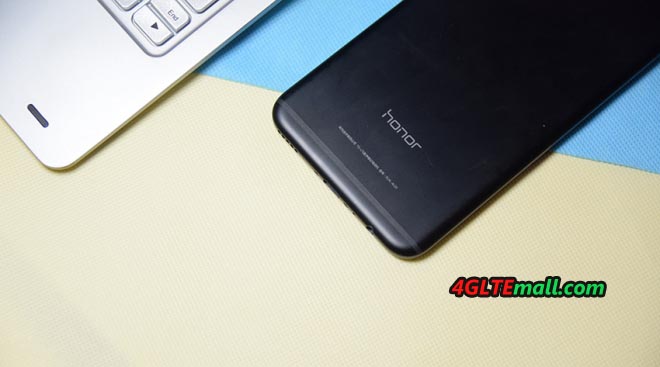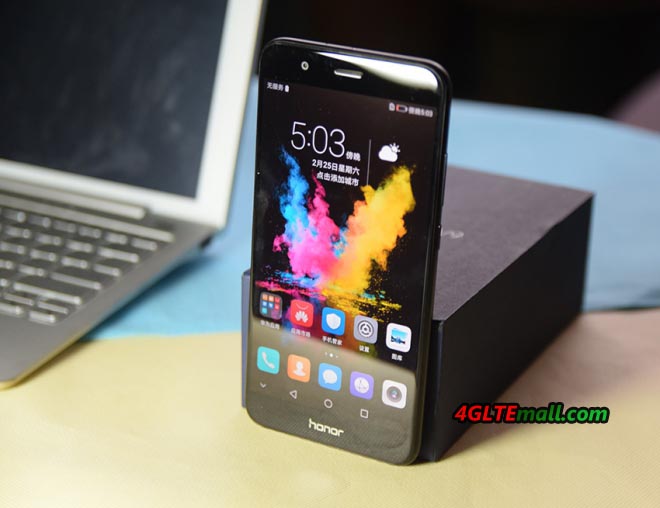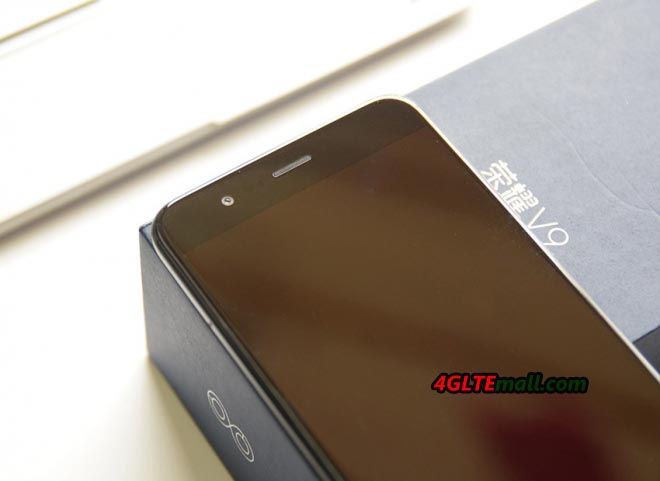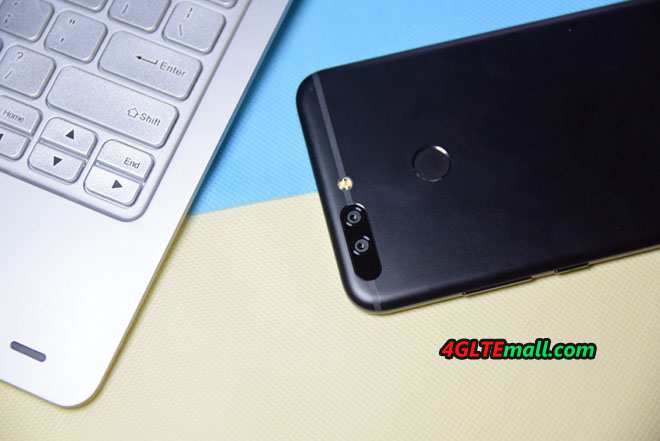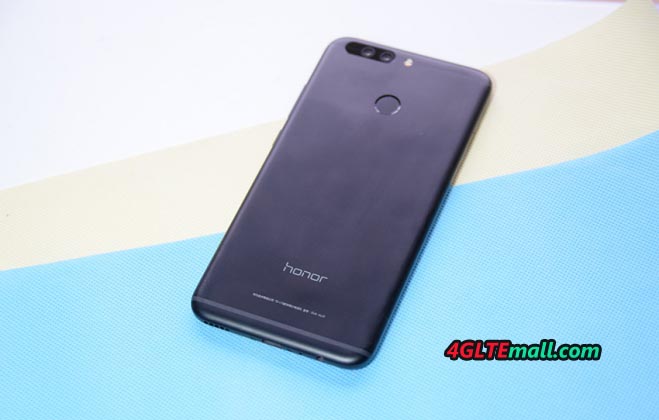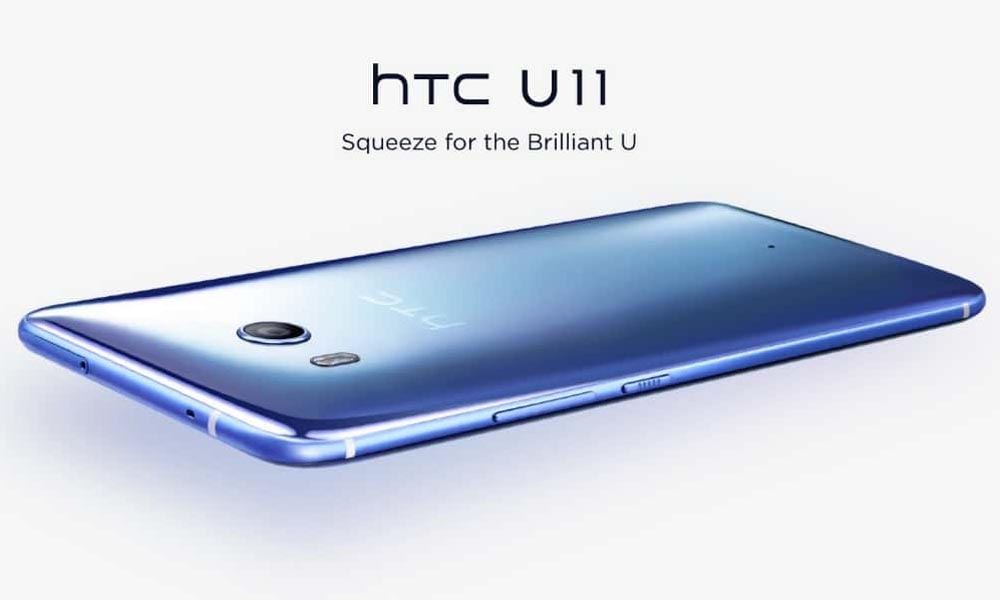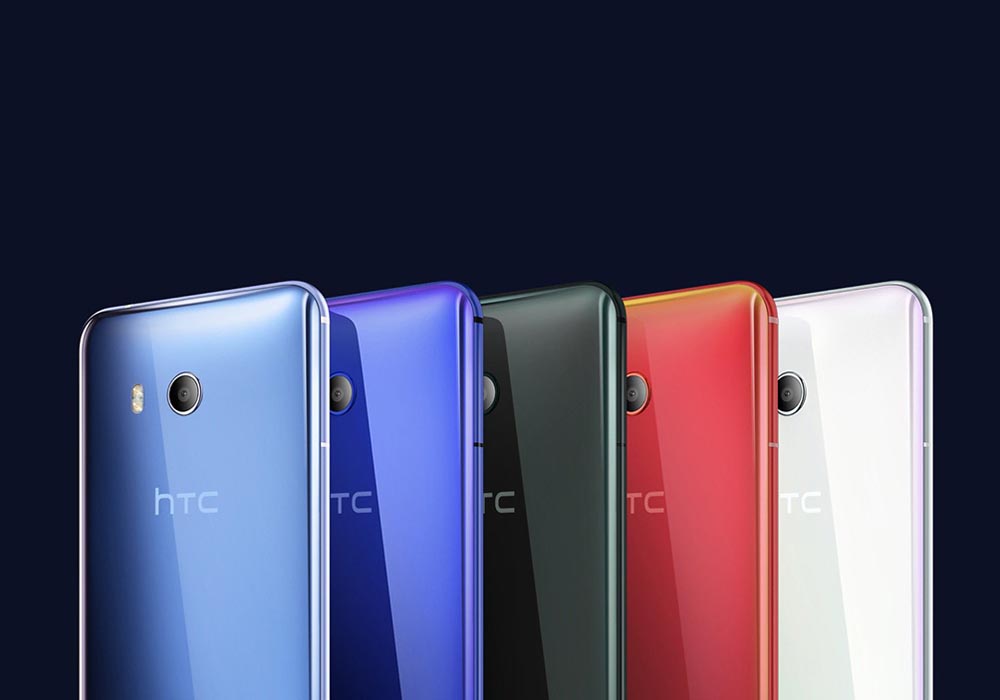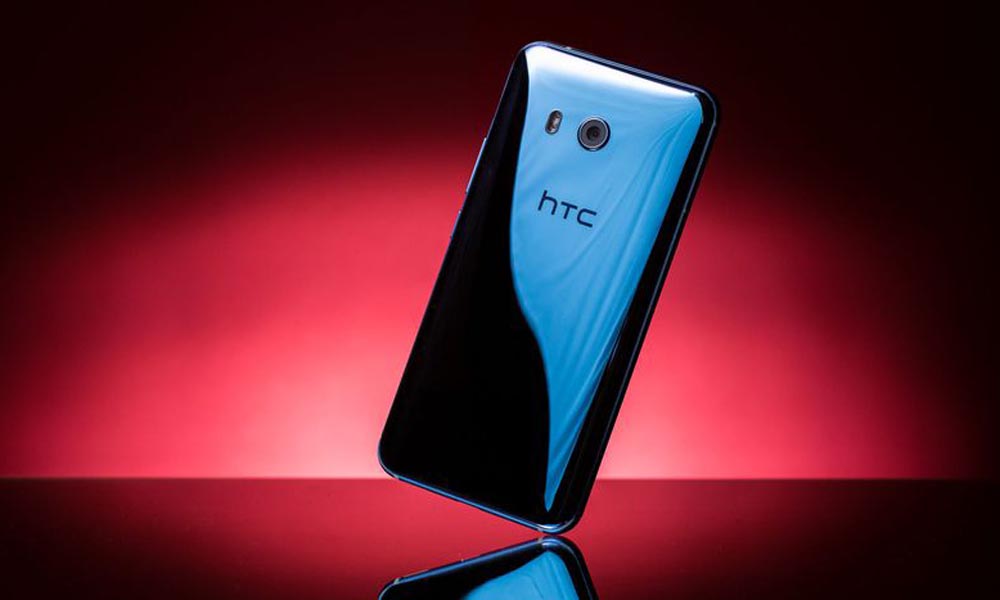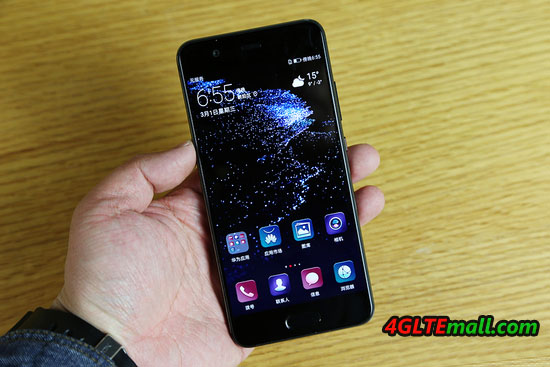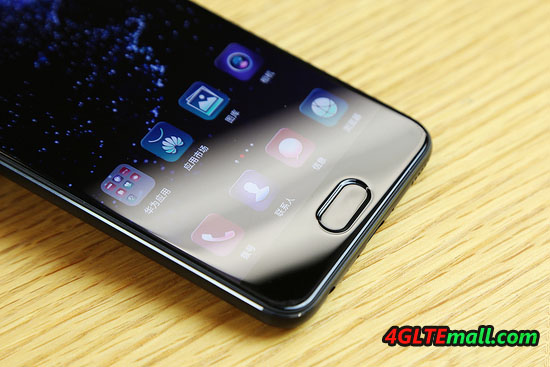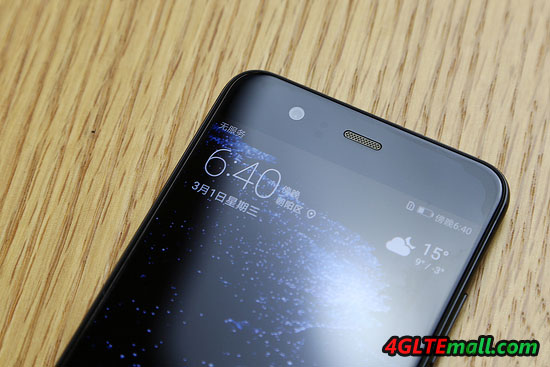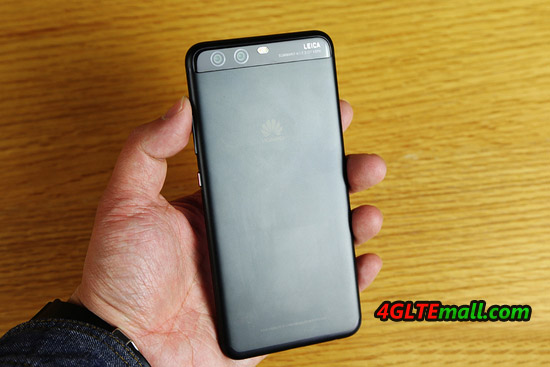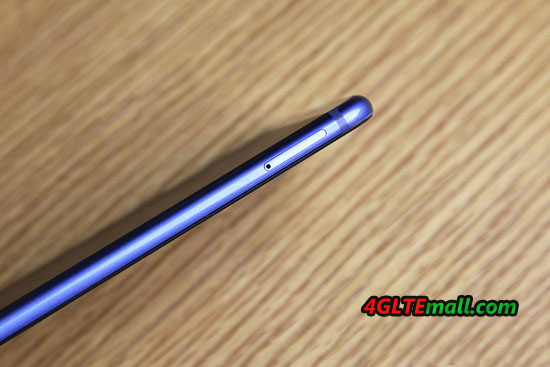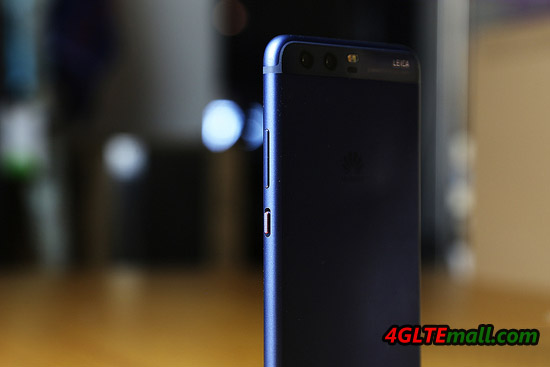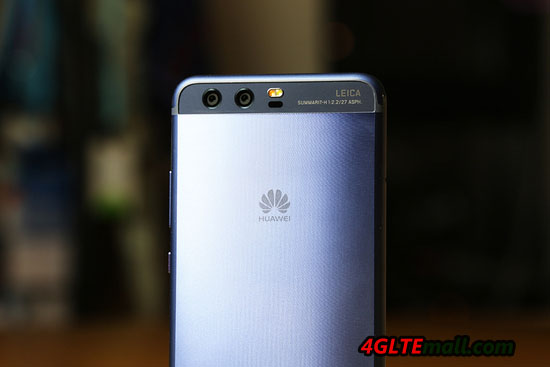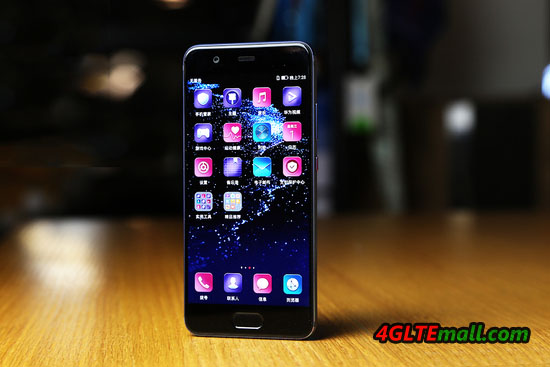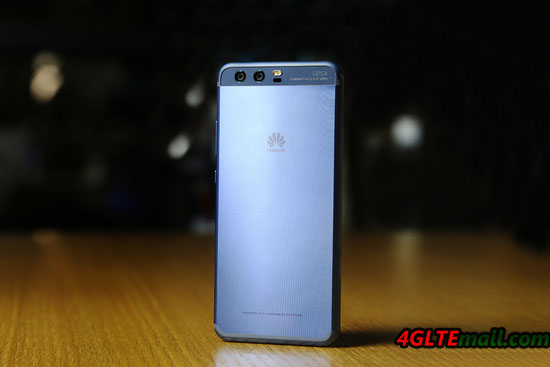In the past two weeks, we was able to test and compare the new smartphone LG G6 and Samsung Galaxy S8. The two flagship smartphones from South Korea offer the latest technology in a futuristic-looking, but they are clearly different from each other, as they follow quite different concepts. On the one hand, the Samsung Galaxy S8, which with the rounded AMOLED display is an absolute eye-catcher, on the other hand the LG G6, which scores with a dual camera. Which one of the two smartphones is better, you can read in this brief comparison.
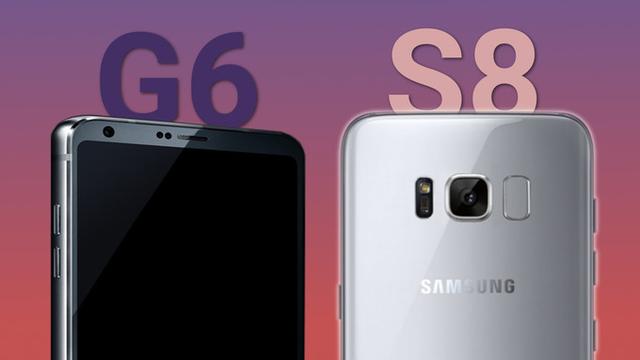
Both are top smartphones technically
We do not want to go into the technical data of the two devices in details; you can find the description with all details on the website of LG or on the website of Samsung. In short, both devices are very fast and react as fast as you would expect from an expensive high-end smartphone. The Samsung Galaxy S8 has indeed the more modern processor/chipset integrated, however in the use actually no difference. Also with the software, both devices are in my opinion the same, we can’t find anything different about function from the two phones.
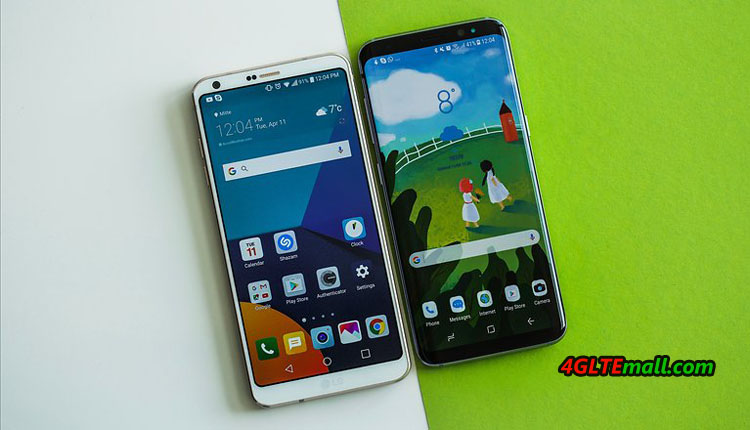
Samsung Galaxy S8 Highlights and Fault
In the following, we would like to take a closer look at the key features. On the Samsung Galaxy S8, this was the following:
- Very nice, futuristic design (purely optical)
- Excellent camera, top picture quality with photo and video, super fast focus!
- Latest modem generation (LTE Cat16, Gigabit capable) and incredibly good frequency band support
- Very good Net monitor with manual band-selection-function (can be called up by key code)
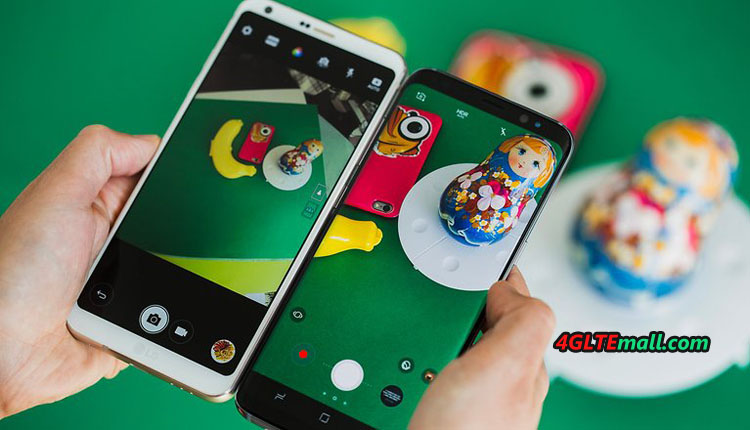
The Samsung Galaxy S8 has also some negative characteristics in our opinion, as the two-week usage phase has shown:
- Camera: Resolution in the 16: 9 format with only 9.1 megapixels quite small
- Device does not lie so well in the hand, the effect is slippery
- Fingerprints can be seen very quickly
- The battery could be better
- The shining metal frame is annoying, it would be nicer
- The curved AMOLED display of the S8 does not compare directly as the flat LCD of the LG G6
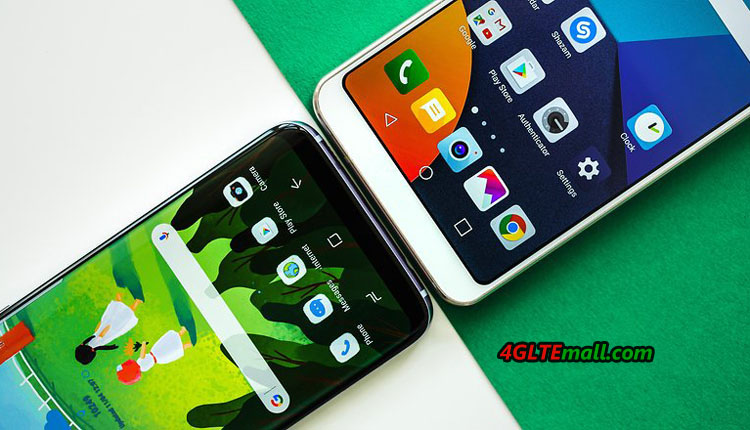
Especially the design has finally disappointed me somewhat: visually, the Galaxy S8 is the most beautiful smartphone currently in our opinion, but in the hand, the device does not look so handy. Probably it is because the glass on the front and back is so strongly rounded and only a very thin metal strip remains. The LG G6 looks not so good for a long time, but acts simply more solidly. By the way, the Galaxy S8 is comparatively narrow (under 7 cm) due to the 18: 9 display, but a one-hand operation is almost impossible without the need for extensive handling due to the extremely long display.
LG G6: Highlights and Fault
The LG G6 can convince with some advantages, which the Samsung Galaxy S8 does not offer. We especially liked the following features:
- Very good display, excellent picture quality
- Is “solid” in the hand
- Wide angle camera is a real added value
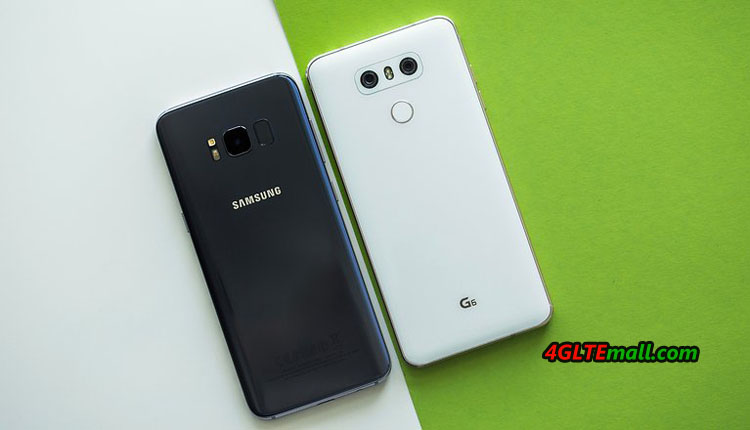
However, the LG G6 is not perfect; we have also some negative points on this device like the Samsung Galaxy S8:
- Glass back susceptible to fingerprints
- Camera picture quality might be slightly better
- Device is a bit clumsy
- No Net monitor available
The last point with the Net monitor is, of course, very individual and should be completely irrelevant to the vast majority of users, but I wanted to mention it, because the Samsung Galaxy S8 provides an excellent Net monitor. The LG G6 is also missing also wireless charging and the special audio amplifier in the EU version, but in the international version both is available. We do not mind at all, but some users may complain about this LG decision.
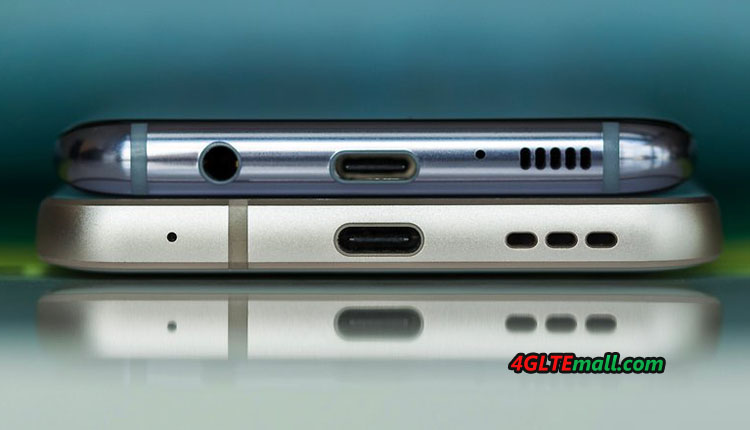
Conclusion: Which phone is better?
Before the comparison test, it was actually quite certain that most users would love the Samsung Galaxy S8 rather than LG G6. Why? The design of the S8 as we said extraordinarily well, optically it is simply a highlight. From a technical point of view, the S8 also offers almost everything you could possibly want. But after two weeks of use I have to say: the S8 has me somewhat disappointed. The battery was much weaker than expected (in particular, the Always-On display draws energy) and the S8 simply is not so good in the hand. Also in the display I was somewhat disappointed in the direct comparison to the LG G6, the curves falsify the colors sometimes quite strongly.
The LG G6 I like a little better overall, as the battery lasts longer. The G6 is well in the hand and the display is faultless. Also the wide-angle lens of the dual camera I have often used, it is not only a gimmick, but a practical function. The image quality of the wide angle camera is not very good, but the function is still fun. The LG G6 has a further advantage over the S8: it is much cheaper than the S8.
From this comparison, there may be no problem to decide between the two smartphones. If you want to check more new 4G LTE Smartphones, welcome click here: https://www.4gltemall.com/4g-lte-smartphone.html
